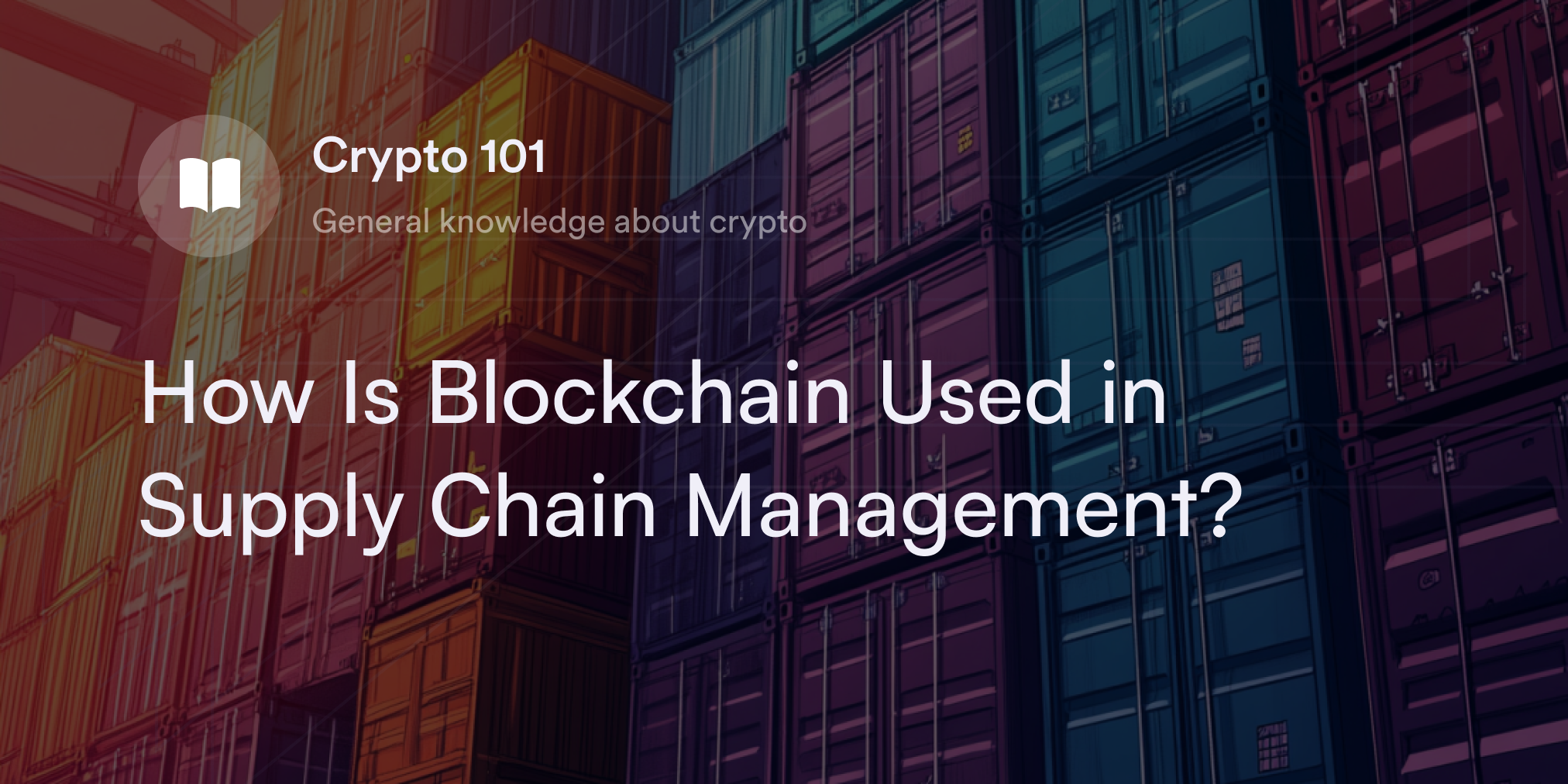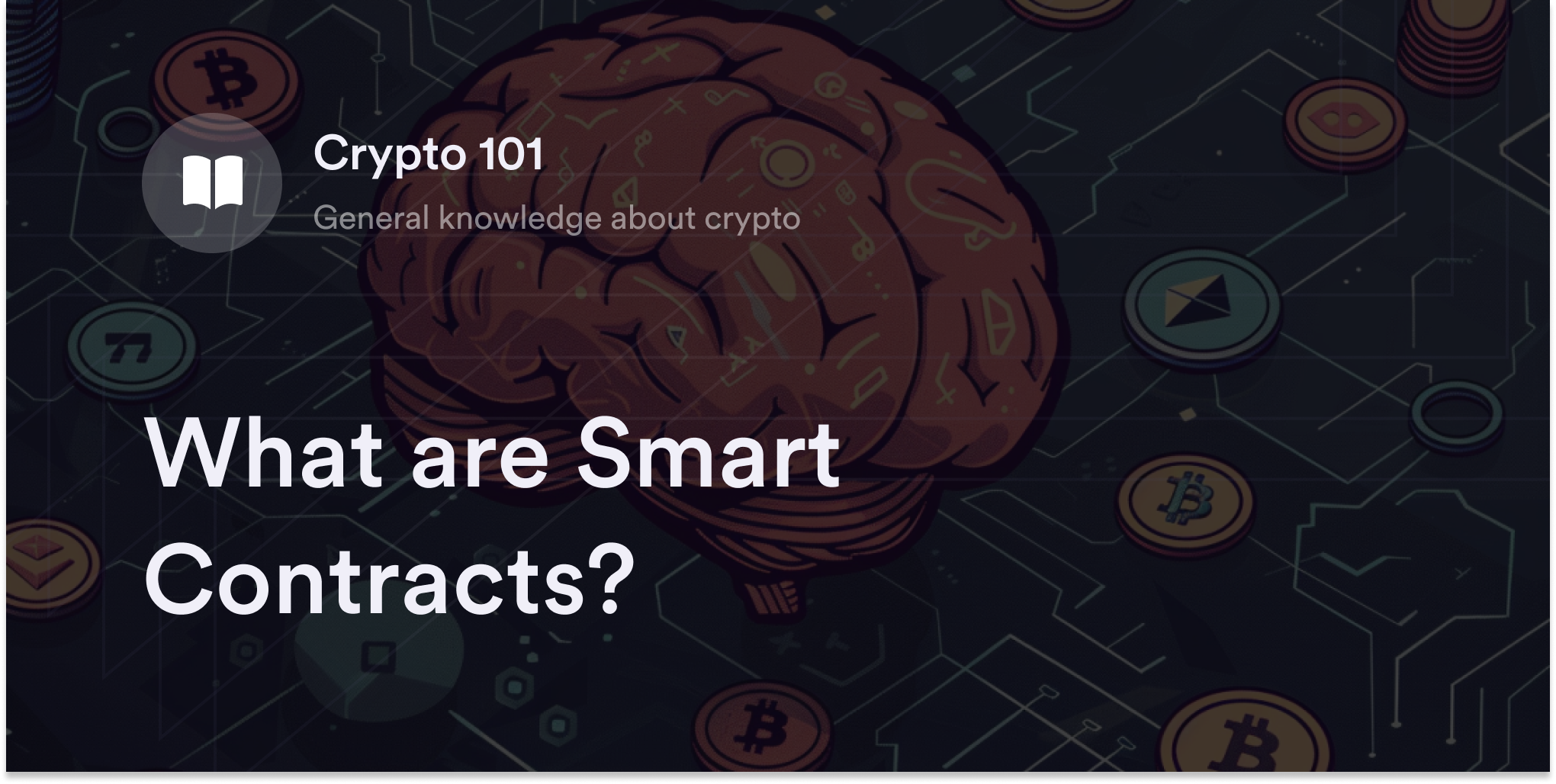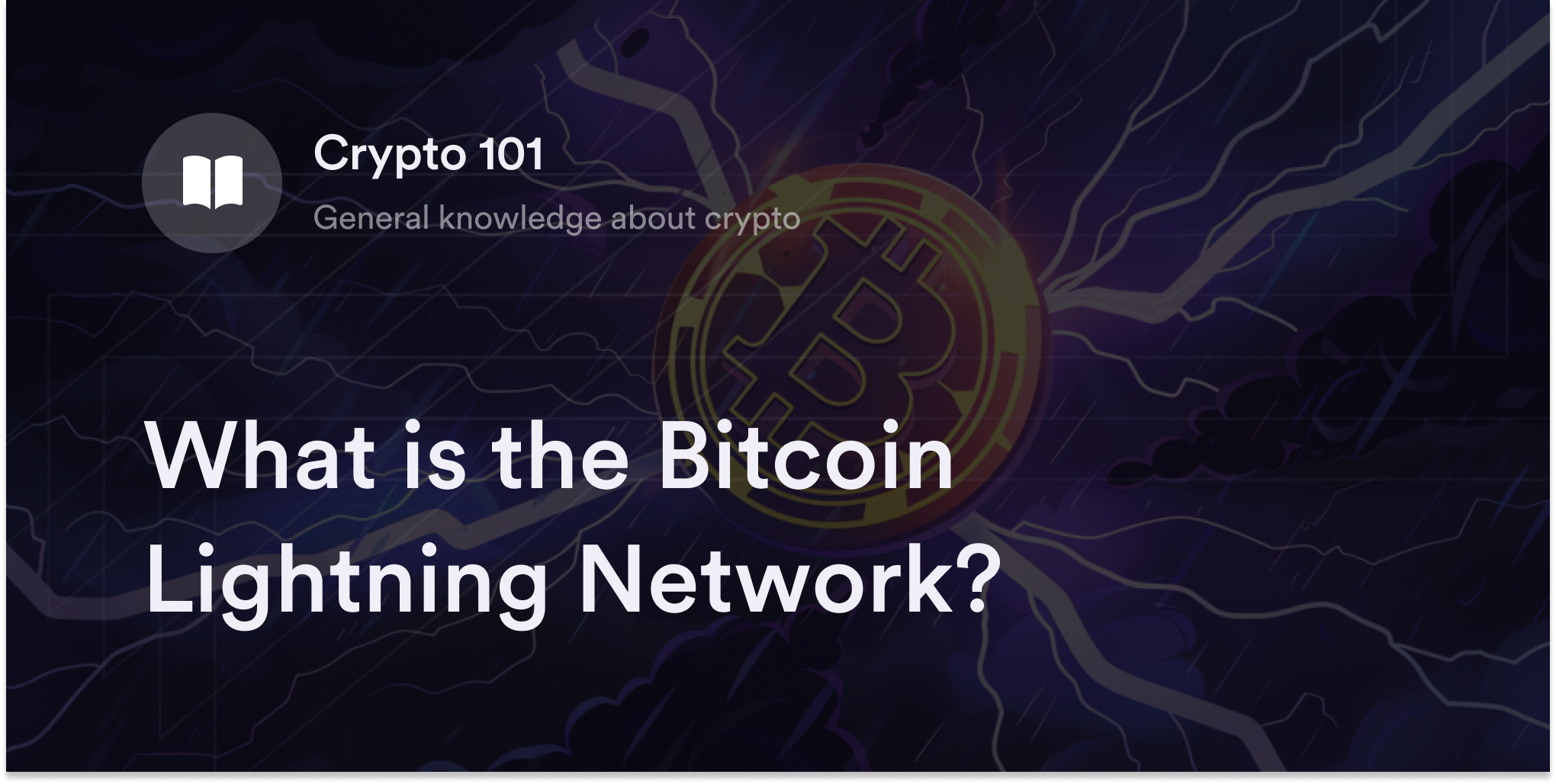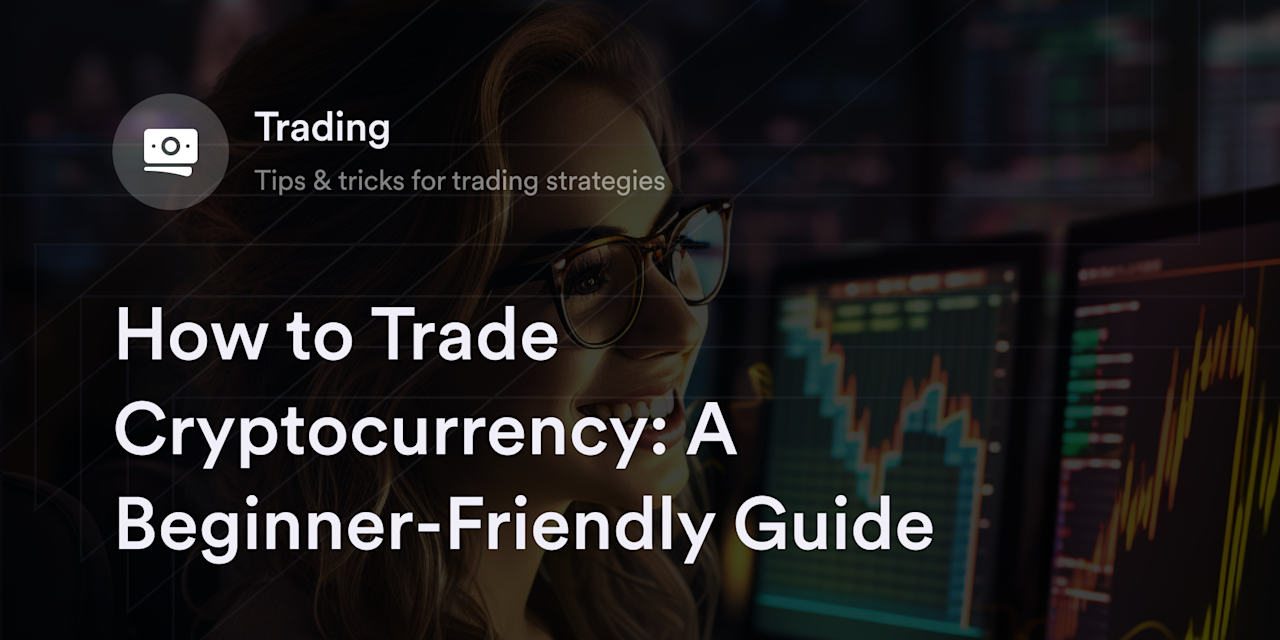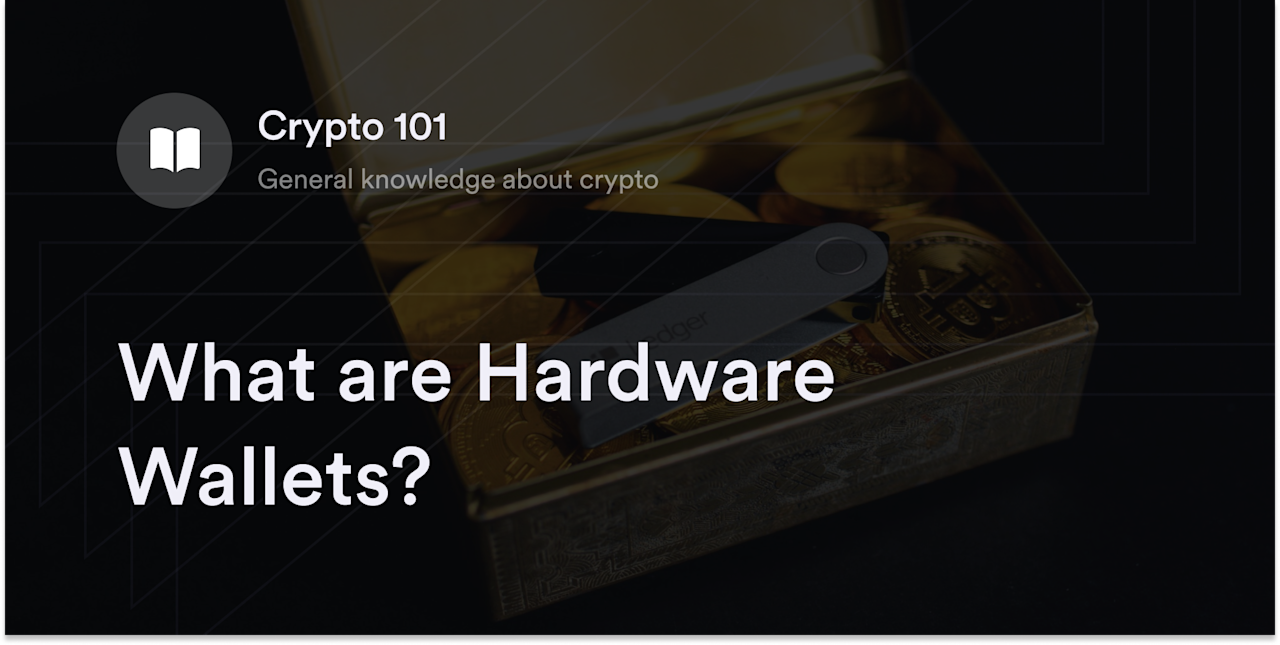
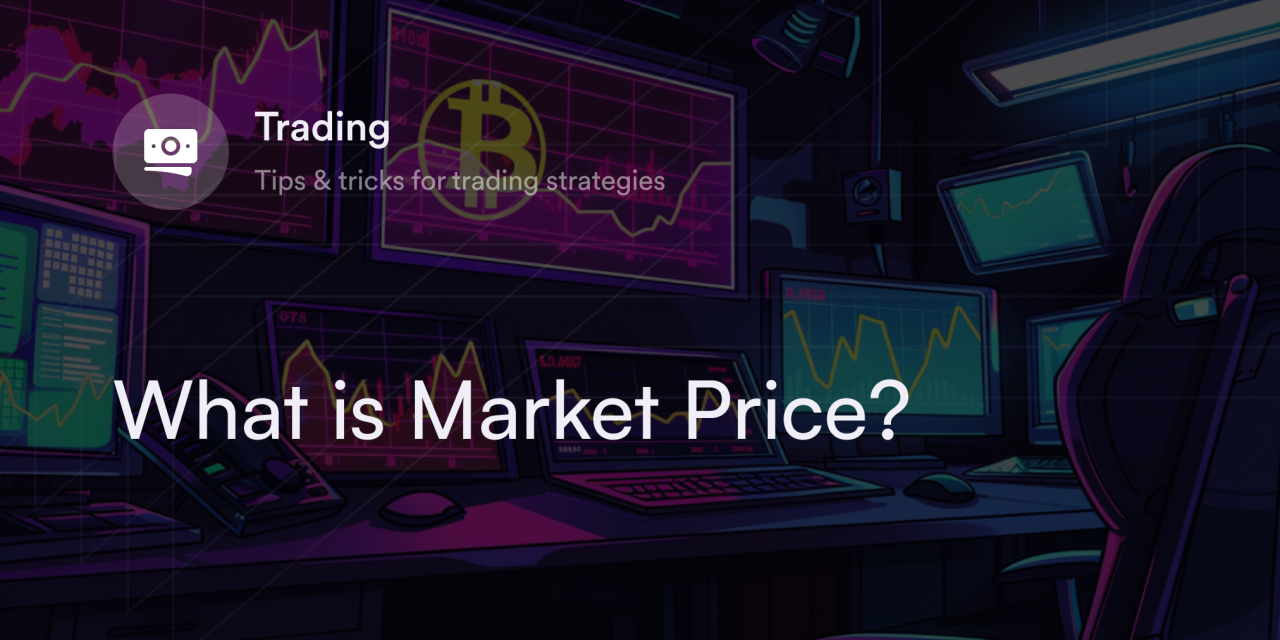

Bitcoin’s (BTC) inventor Satoshi Nakamoto published a whitepaper in 2008 and mined the first BTC coin in 2009. The paper mentioned that users could make direct online transactions without a central authority. The excitement around no intermediaries led to Bitcoin’s skyrocketing growth, but sudden slumps over time highlighted its wild volatility. These price swings resulted in traders facing difficulty in establishing a "fair price" for digital assets ever since.
Cryptocurrencies don't trade in relation to transparent financial data like a company's earnings reports. Instead, digital currencies such as Bitcoin and Ethereum (ETH) are a new and distinct asset category with unique value propositions. They aren't tied to governments, companies, or commodities but offer traders access to revolutionary decentralized payment networks (aka "blockchains").
Although it's challenging to determine what each cryptocurrency should be worth, financial analysts use tools to calculate each crypto's current market price. But what is the market price for cryptocurrencies, and how do people use it to evaluate the cost of different digital assets?
What is Market Price?
Market price is the amount people pay for a product, asset, or service. In other words, whenever a buyer and seller complete a transaction, the cost at which both parties settle their trade (selling and buying price) is the market price. Economists sometimes describe it as the point where supply and demand are in equilibrium. Contextually, supply refers to how much of an asset or service is available, while demand measures how many people want it. As demand increases and supply decreases, the market price goes up. Conversely, if demand decreases and supply increases, the market price declines.
On exchanges, traders analyze "bid" and "ask" prices to determine the market price. For context, the bid price is the most a buyer is willing to spend on an asset, while the ask price is the lowest a seller will go to part with their asset. The market price always exists somewhere between the bid and ask prices (the "bid-ask spread"). Supply and demand influence the day-to-day price fluctuations in the quoted bid and ask prices.
Trading platforms, such as dYdX, show lists of the most recent bid and ask prices for cryptocurrencies to help buyers and sellers analyze trading activity. The current market price is the last recorded trade of a respective cryptocurrency.
What Does Market Capitalization Mean?
“Market capitalization” (or market cap) is the aggregate dollar amount of the entire asset across all fractional ownership assets . With traditional assets and cryptocurrencies, the market cap directly correlates to the current market price. Financial analysts divide an asset's current market cap by its available supply to determine the market price per unit.
The market cap also helps traders compare the current valuation and risk profiles of various companies, cryptocurrencies, or assets. In relation to traditional assets, established companies with large market caps, typically exhibit low risks but may not provide rapid growth like small companies. Alternatively, trading in companies with a lesser market cap (e.g., a small biopharmaceutical company) are more vulnerable to risk, but they may offer high growth potential should the venture succeed. Traders compare and contrast the market caps of different assets to evaluate risk and calculate hypothetical future prices before committing their funds.
How Does Market Cap Affect a Cryptocurrency's Price?
Because the market cap represents the aggregate value of all fractional ownership assets in a cryptocurrency, it directly reflects the current market value of each coin and token. This again leads to the market price increasing provided the cryptocurrency’s market cap rises faster than its supply. However, if a crypto’s market cap plunges (with no change to the number of circulating coins), the crypto's price also drops.
Note: A rise in a coin's market cap doesn't necessarily mean the market price soars. Traders must pay attention not only to a cryptocurrency’s supply but also its demand; for a cryptocurrency’s market price to increase, demand would need to rise faster than the current coin supply. For example, suppose core developers decide to create millions of new Solana coins (SOL) as Solana’s market cap rises. In that case, SOL's market price may remain flat or decline due to the considerable supply increase.
How to Calculate the Market Price of Cryptocurrencies
To learn how to find the market price of a digital asset, you need to know a coin's total circulating supply and its current market cap. Once you have these numbers, divide the market cap by the coin supply to determine the coin's fair market value.
Suppose ETH’s market cap is $250 billion, and the circulating supply is 125 million. So ETH's market price will be:
$250 billion/125 million = $2,083.33 per ETH
Third-party crypto price aggregator sites, such as CoinMarketCap, monitor the circulating supply and market caps for thousands of cryptocurrencies. They offer traders the necessary information to determine the market price.
What Impacts a Cryptocurrency's Market Cap?
Supply and demand are some of the primary influences on all economic activity, including a cryptocurrency's market cap. For instance, if a particular cryptocurrency has more buyers than sellers, its market cap will likely increase. However, a crypto project’s market cap might plummet if sellers largely outnumber buyers on exchanges.
Although the force of demand-supply explains the change in market caps, here are other reasons people decide to buy or sell:
Macroeconomic data: The economy's overall health strengthens or weakens demand for crypto assets. Since digital currencies are one of the newest asset classes, many traders treat them as a "high-risk". For this reason, crypto market caps tend to rise during strong economies when more people are willing to trade riskier assets. Data such as high unemployment rates, slowing gross domestic product (GDP), and high inflation may drive people away from trading cryptocurrencies.
Interest rates: A nation's interest rate may significantly impact trading activity. Typically, when a central bank's interest rates increase, more traders flee riskier assets, such as crypto, to take advantage of more reliable higher yields in low-volatility bonds or certificates of deposit (CDs). However, when interest rates are relatively lower, traders and companies find it easier to borrow capital and put it to work in the open market.
News related to the crypto industry: Headlines have a powerful psychological effect on how people perceive cryptocurrencies. Positive reports on crypto adoption or technological improvements may increase trading volumes which may drive up prices, while news of a major hack often triggers panic selling.
Overall market sentiment: "Market sentiment" is how traders feel about an asset class’s future value. When market sentiment is low, more sellers emerge, and traders may have a negative opinion of crypto prices. Alternatively, buyers overtake sellers as prices increase and optimism returns. Alternative.me's "Crypto Fear and Greed Index" is one of the most popular websites that monitors market sentiment.
Experience Decentralized Crypto Trading on dYdX
Since our inception, we’ve been on a mission to build open and secure financial products. Head to dYdX's blog to learn more about us and our exchange. Also, check out our academy portal and learn more about how to trade cryptocurrencies, transfer and store digital assets, and learn more about the crypto world.
dYdX offers a decentralized crypto trading experience to eligible users. Eligible users with a compatible wallet can trade crypto perpetual contracts with up to 20x leverage. Start trading on dYdX today!
Disclaimer
The content of this article (the “Article”) is provided for general informational purposes only. Reference to any specific strategy, technique, product, service, or entity does not constitute an endorsement or recommendation by dYdX Trading Inc., or any affiliate, agent, or representative thereof (“dYdX”). Use of strategies, techniques, products or services referenced in this Article may involve material risks, including the risk of financial losses arising from the volatility, operational loss, or nonconsensual liquidation of digital assets. The content of this Article does not constitute, and should not be considered, construed, or relied upon as, financial advice, legal advice, tax advice, investment advice, or advice of any other nature; and the content of this Article is not an offer, solicitation or call to action to make any investment, or purchase any crypto asset, of any kind. dYdX makes no representation, assurance or guarantee as to the accuracy, completeness, timeliness, suitability, or validity of any information in this Article or any third-party website that may be linked to it. You are solely responsible for conducting independent research, performing due diligence, and/or seeking advice from a professional advisor prior to taking any financial, tax, legal, or investment action.
You may only use the dYdX Services in compliance with the dYdX Terms of Use available here, including the geographic restrictions therein.
Any applicable sponsorship in connection with this Article will be disclosed, and any reference to a sponsor in this Article is for disclosure purposes, or informational in nature, and in any event is not a call to action to make an investment, acquire a service or product, or purchase crypto assets. This Article does not offer the purchase or sale of any financial instruments or related services.
By accessing this Article and taking any action in connection with the information contained in this Article, you agree that dYdX is not responsible, directly or indirectly, for any errors, omissions, or delays related to this Article, or any damage, injury, or loss incurred in connection with use of or reliance on the content of this Article, including any specific strategy, technique, product, service, or entity that may be referenced in the Article.
